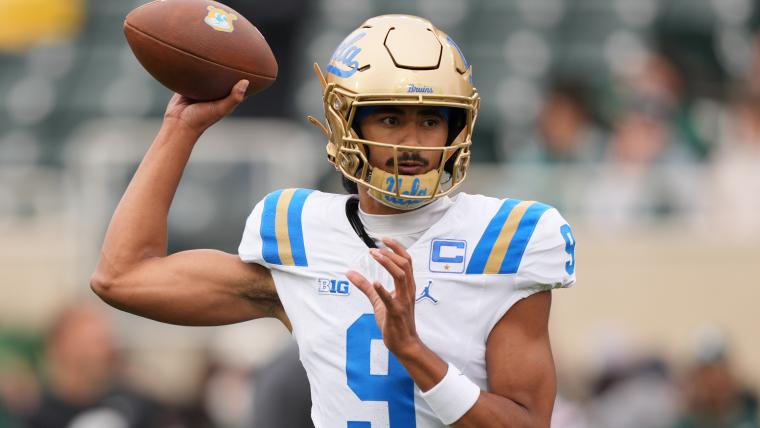The transfer portal seven years later: Why college football dynasties are now destroyed originally appeared on The Sporting News. Add The Sporting News as a Preferred Source by clicking here.
Before the transfer portal was launched on October 15, 2018, players had to stay on the team they signed with. If they weren’t playing right away, they had to wait for their turn to play by working their way up the depth chart. This was the traditional way, and it’s how dynasties were built because coaches were able to get players to buy in to the program.
Advertisement
The introduction of the transfer portal gave players a chance to “test the waters.” If they didn’t like their current situation, they can just enter the portal and go elsewhere. Back in January, the NCAA announced a one-time transfer rule for this season, which has now been made permanent. The change was meant for players who were part of the College Football Playoffs to give them an extra five days to enter the transfer portal.
It is not the first time the NCAA has made exceptions to the transfer portal. From July 7 to August 5, walk-ons who were labeled “student-athletes” and were eligible to play in the 2024-2025 season and still able to enter the transfer portal. A rule that essentially meant nothing but was done anyway.
There was an age of college football when certain programs were powerhouses. And players would sign there because they knew what it took to play there. The Urban Meyer-led Florida Gators won two national championships in three years, between 2006 and 2008. When Nick Saban was hired as head coach at Alabama, he built a championship culture, which resulted in him winning six national championships, something that may never happen again. Two of those came in back-to-back years in 2011 and 2012. Teams knew that they had to play their best football to even come close to beating Alabama.
However, Saban left the game because of the “out-of-control” nature of the new era. This wasn’t about players looking for the best opportunity, but rather a quick NIL pay day from one school to the next.
Advertisement
When Miami, or ‘the U’, was known for playing smashmouth football, every player on the roster knew what it meant to be a part of that and wanted to be there. Even if it meant not playing their first two years. Miami was known for its mean, nasty, and physical defense. And only the players with true grit signed there. In 1989, when Miami won its third national championship, the defense was referred to as a tenacious ‘D’.
Players back then were coached tough and it made them better. Georgia head coach Kirby Smart said it’s challenging to coach players now because they often get offended when being coached hard. Coaching now means catering to the roster’s sensitivity.
Now, if a player doesn’t like how much NIL money they get, or if they don’t get any playing time in year one, they leave. If it means playing for a smaller program, then so be it. This isn’t about the best schools finding and keeping the best players anymore.
It’s about who can pay the most to keep them year after year. Some players will find any reason to leave a program for the transfer portal. Being a coach in today’s college football world is next to impossible. If they coach too hard or if a player does not want to buy into the program, they will be gone in the blink of an eye. As for coaches, they’re expected to stay the course and win at a high level with no consistency.
Advertisement
With now having the transfer portal for the past seven years, what will college football look like seven years from now? If we’ve learned anything, this is about to get interesting.
